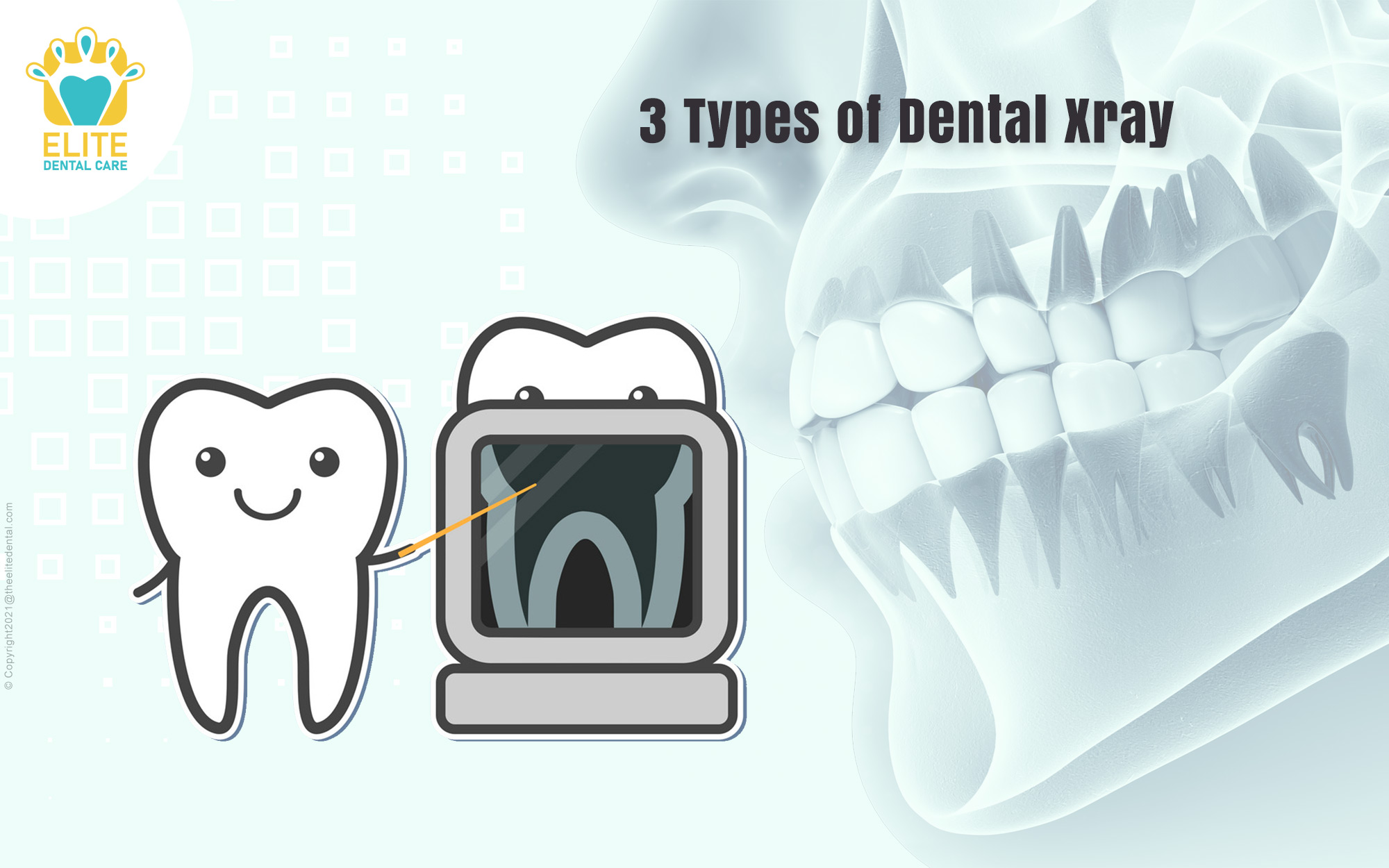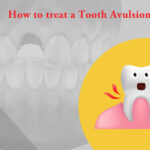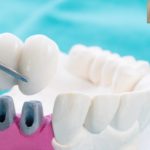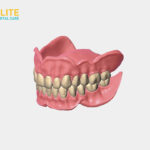
dental careoral healthRoot Canal Treatmentveneer
edental
25 February 2022
3 Types of Dental Xray
Dental X-rays, sometimes known as dental radiography, provides pictures of the internal structures of the jaw and mouth by using regulated flashes of radiation. Dental X-rays can be used to examine jawbones and tooth structures. Cavities, bone or gum loss, periodontal disease, benign or malignant tumors, and other normal or abnormal structures in the lower area of the skull can all be detected and imaged. They are also beneficial for children and teenagers for locating unerupted permanent teeth and scanning root structures in preparation for orthodontic treatment.
Dental X-rays, like other forms of X-rays, make use of the inherent density differences inside the mouth and jaw. Denser jawbones, teeth, crowns, and fillings, for example, appear as bright regions inside the darker, less dense delicate tissues that encircle them. Because cavities are less thick than the teeth they damage, they are plainly seen on X-rays. Since the late 1800s, dentists, physicians, and other medical practitioners have used the seemingly basic notion of X-ray scanning.
Although dental X-rays employ radiation to generate light-dark contrasts, they are not harmful if used on a limited basis. A normal X-ray session exposes a patient to roughly the same amount of radiation as a five-hour plane ride. The Digital X-Ray method reduces levels of exposure even further. Lead shields and collars lower these amounts of exposure even further.
When Should Dental X-Rays Be Taken?
Dental X-rays are an important part of an overall oral care regimen. Depending on your age and the likelihood of tooth decay, you should have dental X-rays taken as recommended by your dentist. If you do not follow your dentist’s advice, you may lose out on an important chance to diagnose and treat tooth decay before it becomes a concern. Early recognition saves time, money, and suffering in the long term.
Dental X-Rays That Are Common
There are three fundamental forms of “intraoral” X-ray scans. Each category serves a purpose in its own right. Unless your dentist is focusing on a particular problem in a specific area of your jaw or mouth, you’ll be given a “full mouth” X-ray scan that comprises numerous variations of the first two types of exposures.
Bitewing view:
Bitewing views, which are evenly divided between both the upper and lower sections of the jaw, enable your dentist to discover cavities and reduced bone in the crown and subgum regions of your teeth. Bitewing views typically depict the back parts of the upper and lower jaws.
Bitewing x-rays are taken in the following manner:
If your dentist does standard x-rays, you will be instructed to bite down on a piece of plastic that holds the x-ray film between your upper and lower teeth. If your dentist takes computerized x-rays, you will be instructed to bite down on a little plastic-wrapped box.
Periapical view:
These “lower views” are used to analyze the root architecture of teeth in precise detail. They may be able to identify the cause of nerve discomfort and locate affected or extra teeth beneath the gum line. Periapical views are used mostly as a prelude to periodontal treatment, endodontic treatment, and root canals.
Periapical x-rays are obtained in the following ways:
A metal rod with a loop connected to it will be used to insert film near your mouth. To hold the device in position and give a clean x-ray view, you must bite hard into it.
Occlusal view:
This form of X-ray is used to analyze the bone structures of the upper and lower jaws. Occlusal views may be able to identify malignancies or bone loss, as well as obstructions in the salivary canals. They are usually used by pediatric dentists to locate children’s teeth which have not yet burst through the gums.
Occlusal x-rays are obtained in the following ways:
The procedure is quite similar to that of a bitewing x-ray. You will be asked to bite down on a piece of plastic that has the x-ray film pressed between your upper and lower teeth. If your dentist uses computerized x-rays, you will be asked to bite down on a little plastic-wrapped box.
Other Kinds of Dental Scanning
These sorts of dental X-rays may also be given to you in specific circumstances. They are frequently used in individuals with face damage, malignant tumors, or other rare disorders.
Cephalogram:
This “extraoral” X-ray picture can reveal the underlying reasons of malocclusion and measure the ratios and connections of the facial bones. It can be a valuable prelude to fits for dental implants or dentures.
Panoramic view:
This form of view combines the parts of a whole mouth checkup into an one large-scale picture. It is especially beneficial for identifying and assessing fractures and anomalies in the jawbones.
Sialogram:
A sialogram is yet another x-ray-based diagnostic. This test employs the use of a dye that is infused into the salivary glands to allow them to be seen on x-ray image (Salivary glands are a soft tissue that would not be seen with an x-ray.) Dentists may request this test to examine for abnormalities with the salivary glands, such as obstructions or Sjogren’s syndrome (a disorder with symptoms like dry mouth and eyes, this disorder can also cause tooth decay).
How the Procedure Works
Dental X-rays are often taken as part of a comprehensive checkup and teeth cleaning. When it’s time for your X-ray, you’ll be led into an X-ray room and handed a lead shield to wear over your body. You’ll bite down on a sort of film that allows the X-ray equipment to view inside your mouth more precisely. After each photo is produced, a new film will be inserted. Fortunately, dental X-rays cause no noticeable pain or discomfort.
Your dentist will review your X-rays when your X-ray session is over. If they reveal any issues of concern, you may be called to the office for a particular session.
Brushing, flossing, and having regular dental X-rays are all important parts of maintaining good oral hygiene. A good checkup might be relieving, but it doesn’t mean you shouldn’t have X-rays.
X-rays may be required every one to two years, depending on your age, health, and insurance plans. Keep regular visits and see your dentist as soon as you notice any discomfort or abnormalities in your mouth.




